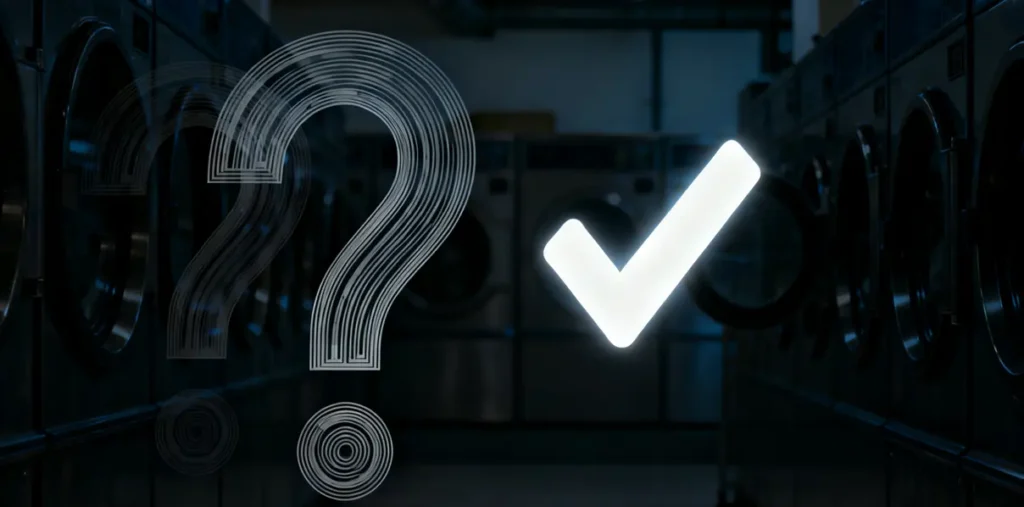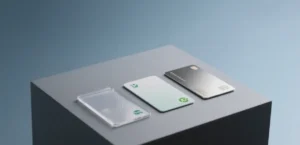
RFID Laundry Tags FAQ: Your Top Concerns Addressed
Custom Your RFID Cards
When teams start looking into RFID solution for laundry management, questions and even doubts are common. On Reddit, the same concerns pop up again and again: “Will these tags track my employees?”, “Can they really survive hundreds of washes?”, “Do they actually work when everything’s wet?”.
We get these questions. Over the years, we’ve helped many linen rental teams, hospitals, and uniform providers evaluate and roll out RFID laundry solutions. Many started with the same worries, only to find that when used properly, the technology is surprisingly simple and secure.
This article breaks down the 5 most common misconceptions we’ve seen, and uses share real-world insights to help you understand what truly matters before you invest.
Q1: Do RFID Laundry Tags Use GPS to Track Items or People?
Short answer: No, RFID tags cannot track anything in real time.
![]()
This is one of the most common myths circulating in forums. RFID and GPS are fundamentally different technologies.
RFID passive tags contain no battery or power source, only responds within a few feet of a specialized RFID reader. In practical terms, RFID’s role in the laundry industry is purely operational. It helps automate identification, inventory control, and process optimization. It was never designed for theft prevention or real-time tracking.
In one of our early projects with a healthcare laundry service, a client initially believed the system could “locate” missing scrubs. After deployment, they quickly saw the real value: instant batch identification at sorting points and accurate stock visibility, not surveillance.
Q2: Can RFID Laundry Tags Really Survive Hundreds of Industrial Wash Cycles?
Short answer: Yes, if the right materials and encapsulation are used.
This is the question that separates consumer-grade products from industrial-grade RFID laundry tags. A properly designed tag is built to withstand intense mechanical, thermal, and chemical stress.
Let’s break it down:
- Wash cycles: 200–300 full industrial wash/dry cycles (no performance loss)
- Mechanical pressure: Up to 60 bar (water extraction)
- Temp resistance: Withstands 200–220°C (428°F) instant peaks (flatwork ironers)
- Chemical resistance: Resists chlorine bleach, alkalis, detergents (commercial laundries)
The key lies in materials such as PPS, Silicone, and specialized Textile composites. PPS, for instance, offers unmatched heat and chemical resistance, while Silicone tags provide flexibility for wearable applications.
From our own testing, PPS tags consistently outperform others in heavy-duty hospital and hospitality use, maintaining 100% read reliability even after 250+ washing cycles.
✅ Learn more in our detailed comparison: PPS vs Textile vs Silicone Laundry Tags
Q3: What Problems Does RFID Actually Solve in Laundry Operations?
Short answer: Automation, accuracy, and data visibility.

Many think RFID is just for “tracking.” In reality, its real value lies in process automation and cost control. With unique RFID tags on every item:
- Automated inventory: read hundreds of items in seconds through gate tunnels—zero hand scans
- Lifecycle tracking: auto-count wash cycles, flagging end-of-life and right-sizing reorders
- Billing & sorting: digital, error-free counts eliminate disputes and manual mistakes
In one rental project, RFID reduced daily manual counting from 4 hours to 15 minutes, plus provided precise wash histories for each garment.
Simply put, RFID turns laundry management from a manual, error-prone task into a data-driven operation.
Q4: Can RFID Tags Still Be Read When Linens Are Wet or Tightly Stacked?
Short answer: Yes, but system design is critical.
Water absorbs UHF radio waves, which can disrupt signals. Yet with proper engineering, modern RFID systems deliver strong read rates even in wet, dense conditions.
Success depends on three key factors:
- Tag design and antenna sensitivity: High-quality laundry tags use tuned antennas and high-sensitivity chips optimized for near-field conditions
- Reader and antenna placement: Effective setups use multiple antennas (angled on sides, overhead) to eliminate blind spots
- Process optimization: Small workflow adjustments, like slightly tumbling linens on a conveyor before reading can boost signal penetration
Q5: Does Tagging Employee Uniforms Violate Privacy?
Short answer: No, proper RFID systems protect employee privacy by default.
RFID laundry systems are built with strict data separation and limited read range in mind. Here’s how privacy is ensured:
- Anonymous tag data: Tags only store a random ID (no personal info). Employee names stay in a secure backend, accessible only to authorized admins
- Controlled read zones: Tags work only at specific checkpoints (laundry chutes, return bins, storage), nowhere else
- Clear purpose: The tech is for logistics (automating uniform issue, return, cleaning), not tracking staff movement
In one corporate project, employees initially opposed “uniform tracking.” After a demo showing tags go silent outside laundry zones, the project got full approval.
Final Thoughts: Transparency Builds Trust
Every industry adopting RFID goes through a learning curve. Skepticism often shifts to appreciation once teams see tangible gains in efficiency, accuracy, and traceability.
RFID laundry tags aren’t surveillance tools, they’re the quiet backbone of smoother operations, precise inventory, and longer fabric lifespans.
If you’ve had doubts about RFID, we hope these explanations brought clarity and confidence.
When you’re ready to take the next step:
- 📘 Explore deeper: Read our RFID Laundry Tags
- 🧠 Plan your deployment: Check out our upcoming article: How RFID Streamlines Industrial Laundry Workflow
- 💬 Get expert advice: Contact us for a free consultation


